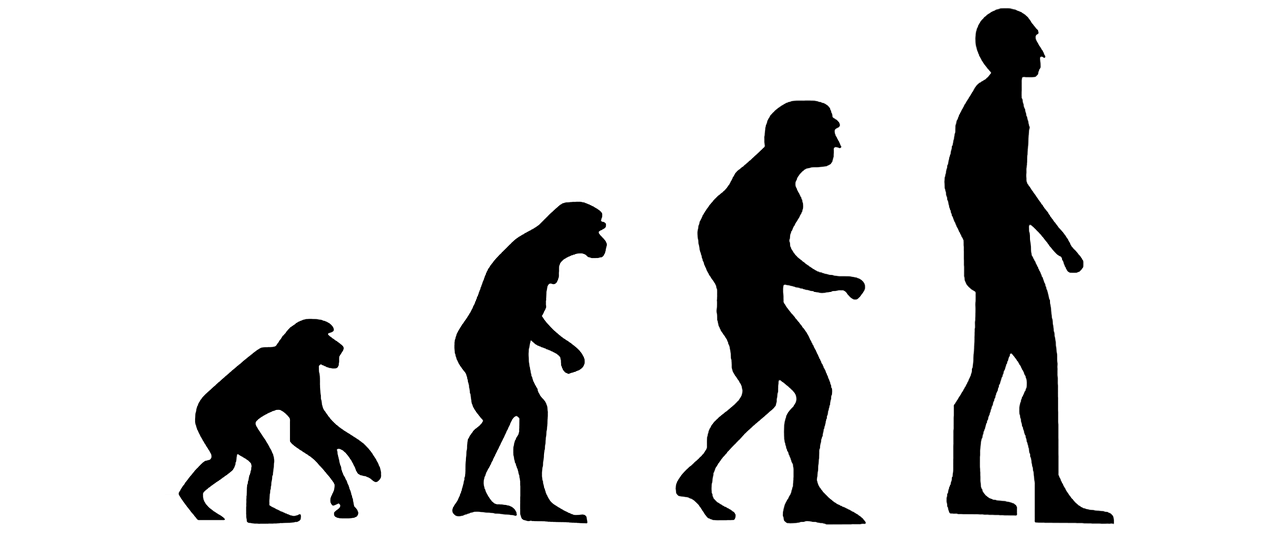Using advanced technologies, scientists have come to surprising conclusions, such as that bats are more closely related to cows, horses, and rhinos than to humans.
For a long time, the classification of species and the identification of their relationships with others was based on the search for similarities or differences in anatomical structure. Only about three decades ago new technologies entered the game, and the analysis of genetic material was at the fore. In this way, scientists gained the ability to create so-called molecular trees, which in many cases turned out to be very different from “traditional” trees.
Read also: To save human genetic diversity. Scientists have a method
As Matthew Wells of the University of Bath explains, primates (including humans) were previously thought to be close relatives of bats due to some similarities in skeletal and brain structure. On the other hand, the genetic data suggested something completely different, indicating that humans are closer to the group made up of rodents and rabbits. Bats are closer to cows, horses, and rhinos than to humans.
Charles Darwin famously noted that animals and plants that seemed to share the closest common ancestor were often geographically close to one another. Therefore, distribution can be an important indicator of relatedness, which in practice means that species living in close proximity are likely to occupy a similar place in the phylogenetic tree.
The real revolution was due to genetic research. To find out, the scientists analyzed phylogenetic trees covering 48 groups of animals and plants. They found that trees based on genetic data were two-thirds more consistent with species distribution than traditional methods. By the way, you can also see that the evolutionary solutions are not as diverse as they might seem.
As a result, animals look alike because their evolution occurred in order to develop solutions that enable them to perform similar activities or functions in nearly identical environments. For example, extinct birds, bats, and pterosaurs had wings or light bones to fly with, even though their common ancestors adapted to walk on land rather than fly.
Read also: Homo sapiens spoiler. Traces of an unknown ancestor have been discovered in our genome
The news about people is also interesting. Our eyes are similar to squid eyes in that they contain a lens, iris, retina, and pigments. However, squids are more closely related to snails or shellfish than they are to humans. However, closely related squids do not have large eyes. This shows how much the picture of evolution and relationships between species has changed – all thanks to DNA analysis technology.

Echo Richards embodies a personality that is a delightful contradiction: a humble musicaholic who never brags about her expansive knowledge of both classic and contemporary tunes. Infuriatingly modest, one would never know from a mere conversation how deeply entrenched she is in the world of music. This passion seamlessly translates into her problem-solving skills, with Echo often drawing inspiration from melodies and rhythms. A voracious reader, she dives deep into literature, using stories to influence her own hardcore writing. Her spirited advocacy for alcohol isn’t about mere indulgence, but about celebrating life’s poignant moments.








